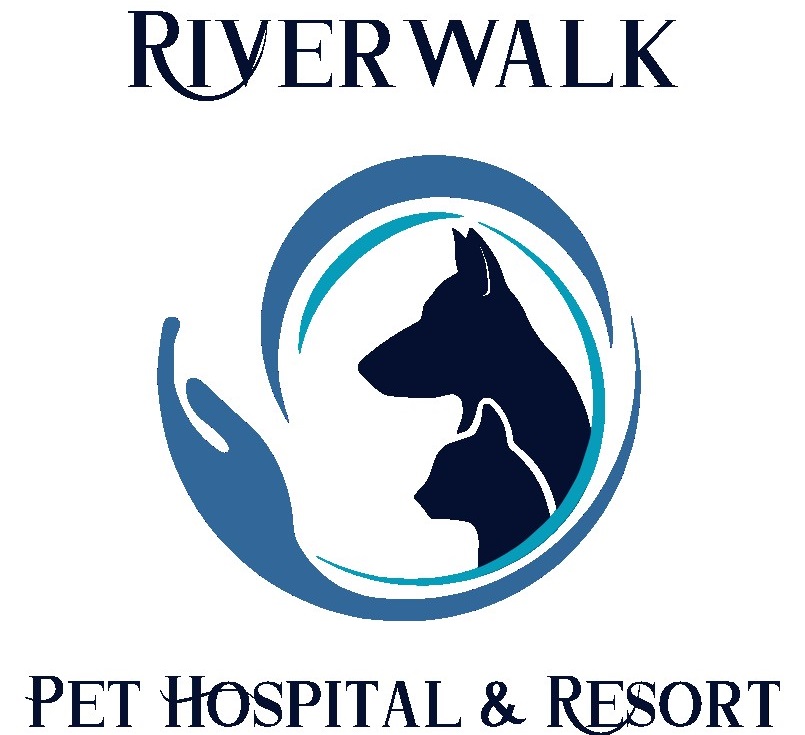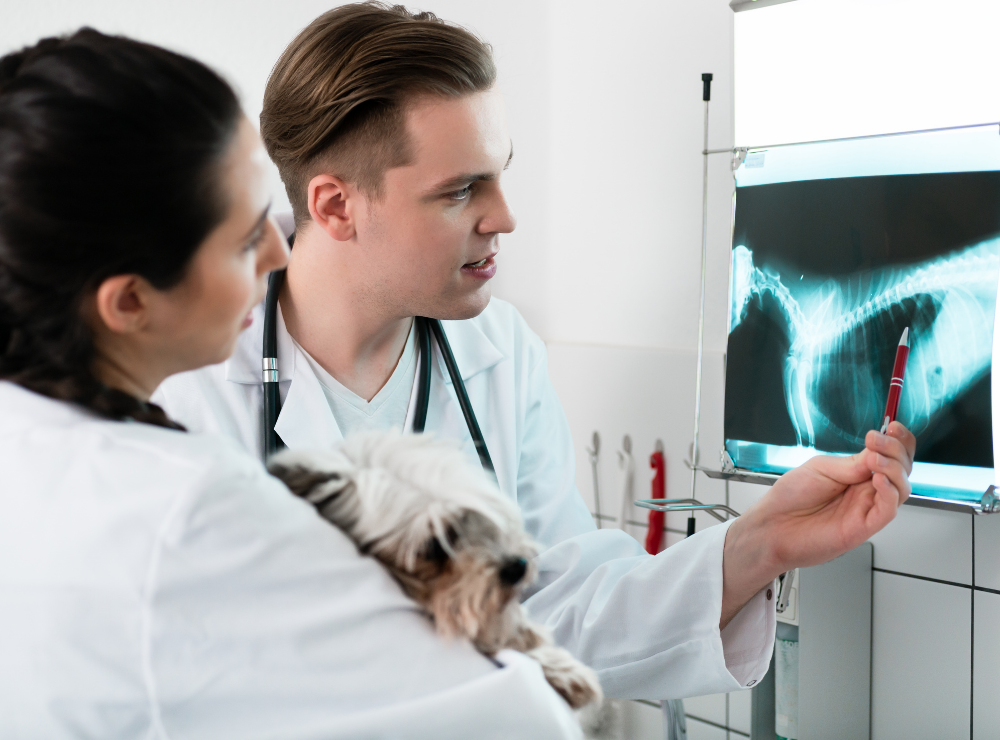Riverwalk Pet Hospital & Resort
Pet Radiology & Ultrasound
Radiology and ultrasound are one of the most common and valuable medical diagnostic tools. Learn more about our pet radiology and ultrasound services below.
Pet Radiology & Ultrasound
Pet Radiology
Radiography, also known as x-rays, is one of the most common and valuable medical diagnostic tools. X-rays are highly useful for screening areas of the body that have contrasting tissue densities or when evaluating solid tissues.
Why would my pet need x-rays?
If your pet is sick or has suffered a trauma, x-rays provide a minimally invasive tool to help our doctors diagnose your pet at Riverwalk Pet Hospital & Resort. X-rays are also used in general wellness exams to diagnose potential problems before they become serious.
When is X-ray testing appropriate?
We may recommend veterinary x-rays as part of a diagnostic procedure if your pet is experiencing any health conditions or as a preventive measure in a routine senior wellness examination. We use radiology alone or in conjunction with other diagnostic tools depending on the patient’s condition. Here at Riverwalk Pet Hospital & Resort, we are fully equipped to perform routine radiology services to identify many types of illness or injury when pets are sick or suffer a trauma.
How is X-ray testing used?
X-rays can be used to detect a variety of ailments in animals, including arthritis, tumors, bladder and kidney stones, and lung abnormalities such as pneumonia. They are also used to evaluate bone damage, the gastrointestinal tract, respiratory tract, genitourinary system, organ integrity, and even identify foreign objects that may have been ingested. Dental radiographs help distinguish healthy teeth from those needing to be extracted and identify any abnormalities beneath the gums, including root damage, tumors, and abscesses. We may need to sedate your pet or use short-acting general anesthesia in some cases.
Ultrasound
Ultrasonography is a type of diagnostic technique that uses ultrasound waves to produce an imaging study. This means that when we perform ultrasonography, we can see internal images of the patient’s body. Unlike some other imaging studies, like x-rays, ultrasonography does not use radiation. Instead, ultrasonography uses high-frequency sound (ultrasound) waves to create a picture of what is inside your pet’s body. Ultrasonography is a completely non-invasive, painless way to diagnose and evaluate many common diseases.
When would my pet get an ultrasound?
At Riverwalk Pet Hospital & Resort, an ultrasound is usually recommended when our doctors find abnormalities in blood work or x-rays and are used to monitor the process of a disease.
How does ultrasound testing work?
Ultrasound equipment directs a narrow beam of high-frequency sound waves into the area of interest. The sound waves either transmit through, reflect, or absorb in the tissues they encounter. Any ultrasound waves that are reflected will return as echoes and convert into an image displayed on the monitor, giving a 2-dimensional image of the tissues under examination. With the ability to obtain real-time information, outcomes can often be determined immediately.
The exam is entirely painless. Light sedation may be used to help the patient lie comfortably while the scan is being performed. Your pet may need to be shaved in the area of interest, as veterinary ultrasound images are of better quality if they have complete contact with the skin.


